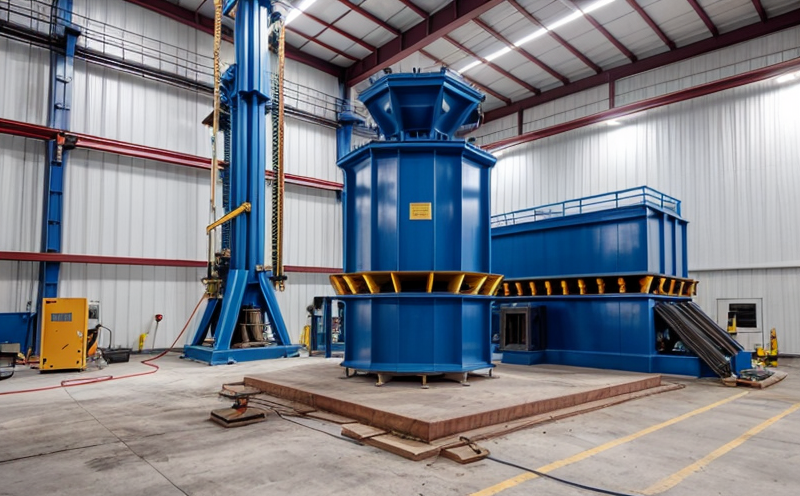ISO 7626-5 Impact Testing for Modal Analysis
The ISO 7626-5 standard is a crucial guideline in the field of structural vibration and modal analysis. This service focuses on providing comprehensive testing solutions that adhere to this international standard, ensuring accurate and reliable modal data collection. Modal analysis is vital for understanding the dynamic behavior of structures under various conditions, which helps in optimizing design and predicting potential failure points.
The process involves subjecting a specimen to controlled impact forces and measuring its subsequent response using accelerometers. By analyzing these responses, engineers can determine key parameters such as mode shapes, natural frequencies, and damping ratios. This information is indispensable for ensuring structural integrity and performance across industries including automotive, aerospace, construction, and manufacturing.
The significance of ISO 7626-5 lies in its rigorous methodology which guarantees consistent results globally. Compliance with this standard ensures that the modal data generated can be trusted by all stakeholders involved in product development and quality assurance processes.
Our team specializes in delivering precise and repeatable tests following the prescribed procedures outlined within ISO 7626-5. This includes meticulous specimen preparation, selecting appropriate impact points, calibrating instruments accurately, and conducting multiple trials to ensure robust data collection.
From initial consultation through final report delivery, we provide end-to-end support tailored specifically towards meeting your unique testing requirements. Our experienced professionals will work closely with you throughout the entire process to ensure that every aspect of ISO 7626-5 impact testing is carried out correctly and efficiently.
Scope and Methodology
| Aspect | Description |
|---|---|
| Test Specimen Preparation | The specimen must be cleaned thoroughly before testing to remove any dirt or debris. It should also have all loose parts securely fastened. |
| Impact Point Selection | Impact points are chosen based on where the maximum deformation is expected during the test. |
| Instrument Calibration | All sensors used in the testing must be calibrated according to manufacturer specifications prior to use. |
| Data Collection | Multiple trials may be conducted at each impact point to ensure accuracy and reliability of the collected data. |
The methodology outlined above adheres strictly to ISO 7626-5, ensuring that all tests are carried out under controlled conditions. This approach not only enhances the precision but also improves the credibility of the results obtained from modal analysis.
Benefits
- Precise determination of natural frequencies and mode shapes.
- Increased confidence in structural integrity assessments.
- Enhanced understanding of dynamic behaviors under various loading scenarios.
- Support for ongoing product improvement initiatives through informed decisions based on accurate data.
By leveraging ISO 7626-5 impact testing, organizations can gain valuable insights into their products' performance characteristics. This knowledge enables them to make targeted improvements that enhance durability and safety while reducing costs associated with premature failures or redesigns.
Quality and Reliability Assurance
- We maintain strict adherence to ISO 7626-5 standards during all stages of the testing process.
- All equipment is regularly calibrated by certified technicians to ensure accuracy.
- A detailed quality assurance plan is implemented at every step, from specimen preparation through final analysis.
Our commitment to maintaining high-quality standards is reflected in our consistently accurate test results. By choosing our services for ISO 7626-5 impact testing, you can be assured that your products will undergo rigorous scrutiny to ensure they meet the highest levels of quality and reliability.





